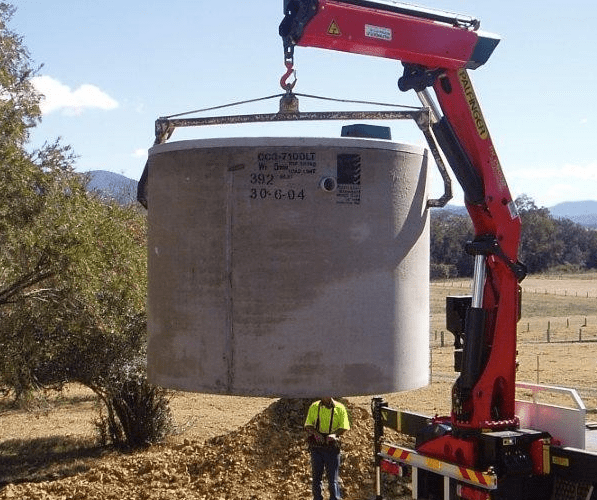Comprehensive Guide to Wastewater Terms: OSSM, HSTP, AWTS, Advanced STS, AWWS, and Advanced Membrane Bio-Reactor
Wastewater management is critical to residential, commercial, and industrial infrastructure, especially in areas not connected to a municipal sewer system.
The jargon surrounding wastewater systems can be confusing, with various terms and acronyms often used interchangeably. Understanding these terms is crucial for anyone involved in wastewater treatment, whether you’re a homeowner considering options for on-site wastewater management, a builder planning new construction, or a property developer looking to ensure regulatory compliance.
In this guide, we’ll break down key wastewater terms, including OSSM, HSTP, AWTS, Advanced STS, AWWS, and Advanced Membrane Bio-Reactor, to help you navigate the complexities of wastewater treatment.
1. On-Site Sewage Management (OSSM)
Definition: On-Site Sewage Management (OSSM) refers to the process of treating and disposing of sewage at the location where it is generated, typically on the same property. This system is essential for properties not connected to a centralised sewer network, such as rural homes, farms, or remote commercial sites.
Key Components:
- Septic Tanks: Traditionally, septic tanks are used in OSSM systems to treat wastewater by separating solids from liquids. The liquids (effluent) are then dispersed into a drain field where natural processes further treat the wastewater.
- Absorption Trenches or Evapotranspiration Beds: These are common methods for dispersing treated effluent into the soil where further purification occurs.
Considerations: OSSM systems require regular maintenance and inspections to ensure they function effectively and comply with local health and environmental regulations.
2. Household Sewage Treatment Plant (HSTP)
Definition: A Household Sewage Treatment Plant (HSTP) is a more sophisticated on-site wastewater treatment system designed for individual homes. HSTPs treat all household wastewater, including greywater (from sinks, showers, etc.) and blackwater (from toilets), to a level where it can be safely reused for irrigation or released into the environment.
Key Components:
- Primary Treatment: This typically involves the separation of solids from liquids, similar to a septic tank.
- Secondary Treatment: In this stage, biological processes break down organic matter in the effluent, often using aerobic (oxygen-requiring) bacteria.
- Disinfection: Many HSTPs include a disinfection step, usually with chlorine or UV light, to eliminate pathogens before the treated water is released.
Advantages: HSTPs are highly effective in treating household wastewater and can significantly reduce the environmental impact of sewage disposal, especially in environmentally sensitive areas.
Additional Reading: Home Sewage Treatment Plant (HSTP), What Are They?
3. Aerated Water Waste Treatment Systems (AWTS)
Definition: An Aerated Water Waste Treatment System (AWTS) is an advanced form of on-site wastewater treatment that introduces air into the treatment process to promote the growth of aerobic bacteria. These bacteria are highly effective at breaking down organic matter, resulting in cleaner effluent that can be safely reused or discharged.
Key Components:
- Aeration Chamber: This chamber introduces air into the wastewater to encourage aerobic bacteria to break down organic matter.
- Settling Chamber: After aeration, the wastewater enters a settling chamber where any remaining solids can settle out.
- Disinfection: Depending on the local regulations and the intended use of the treated water, the effluent may be disinfected before being released.
Benefits: AWTS systems are particularly effective in areas where soil conditions make traditional septic systems impractical. They are also suitable for properties with high water tables or where a high level of effluent treatment is required.
Additional Reading: What Is An AWTS?
4. Advanced Secondary Treatment Systems (STS)
Definition: Advanced Secondary Treatment Systems (STS) are a step up from traditional secondary treatment processes. These systems use advanced technologies to further treat wastewater after the primary and secondary stages, often achieving a higher quality of effluent.
Key Components:
- Advanced Filtration: This could include membrane bioreactors, sand filters, or other technologies that remove finer particles from the wastewater.
- Nutrient Removal: Advanced STS systems may include processes to remove nitrogen and phosphorus, which are common pollutants in wastewater.
- Enhanced Disinfection: Additional disinfection steps, such as advanced oxidation processes, can further reduce pathogens in the treated water.
Advantages: Advanced STS systems are ideal for environmentally sensitive areas where effluent must meet stringent quality standards before being released into the environment. They also allow for the reuse of treated water for various purposes, including irrigation, toilet flushing, or even potable water in some cases.
5. Advanced Wastewater Systems (AWWS)
Definition: Advanced Wastewater Systems (AWWS) are comprehensive systems that integrate various advanced technologies to treat and manage wastewater. These systems are designed to handle more complex wastewater streams and achieve a higher level of treatment compared to conventional systems.
Key Components:
- Integrated Treatment Processes: AWWS often combines multiple treatment stages, including primary, secondary, and advanced treatments, to ensure the highest quality of effluent.
- Customisation: AWWS can be tailored to meet specific needs, such as higher nutrient removal, enhanced disinfection, or the ability to handle variable wastewater loads.
Benefits: AWWS are particularly suited for properties with stringent environmental regulations or where high-quality effluent is required for reuse applications.
6. Advanced Membrane Bio-Reactor (MBR)
Definition: An Advanced Membrane Bio-Reactor (MBR) is a cutting-edge wastewater treatment technology that combines biological treatment with membrane filtration. The MBR process results in a highly purified effluent, suitable for reuse in a variety of applications, including irrigation and potable water in some cases.
Key Components:
- Biological Treatment: The MBR process starts with biological treatment, where aerobic bacteria break down organic matter in the wastewater.
- Membrane Filtration: After biological treatment, the water passes through a membrane that filters out fine particles, pathogens, and other contaminants, resulting in high-quality effluent.
- Compact Design: MBR systems are compact, making them suitable for properties with limited space.
Advantages: MBR systems are ideal for areas with strict effluent quality requirements, offering superior treatment compared to traditional systems. They are also suitable for properties aiming to reuse treated wastewater for non-potable or potable purposes.
7. Comparing Wastewater Treatment Options
When considering the best wastewater treatment option for your property, it’s essential to weigh the pros and cons of each system type. Here’s a brief comparison:
- OSSM vs. HSTP: OSSM systems are more basic and may be suitable for rural properties with ample land. HSTPs offer more comprehensive treatment, making them better for properties where environmental impact is a concern.
- AWTS vs. Septic Systems: AWTS systems provide a higher level of treatment than traditional septic systems, making them suitable for areas with poor soil conditions or where effluent reuse is desired.
- Advanced STS vs. Basic Treatment Systems: Advanced STS systems offer the highest level of treatment, often required in sensitive environmental areas. However, they can be more expensive and require more maintenance.
- Advanced STS vs. AWTS: Advanced STS systems generally provide a more thorough treatment than AWTS, making them ideal for locations where effluent quality is paramount. While AWTS systems are effective, Advanced STS can handle more complex wastewater requirements, but they may also involve higher costs and maintenance needs.
- AWWS vs. MBR: AWWS systems offer customisable solutions for a wide range of wastewater treatment needs, while MBR systems provide one of the highest levels of treatment with compact design and potential for water reuse. Choosing between these depends on specific project requirements, such as effluent quality, space availability, and budget.
8. Why Choose a Garden Master Wastewater System?
At Garden Master, we specialise in providing cutting-edge wastewater treatment solutions that meet the unique needs of properties across New South Wales. Our systems are designed with durability, efficiency, and environmental sustainability in mind. Whether you need a basic OSSM system, an advanced STS, an AWWS, or an MBR, we have the expertise and technology to ensure your wastewater is treated effectively and safely.
Key Features of Garden Master Systems:
- Tailored Solutions: We assess your property’s specific needs to design a system that provides optimal performance.
- High-Quality Materials: Our systems are built to last, using the latest in wastewater treatment technology.
- Compliance: All our systems meet or exceed Australian Standards and local regulations, giving you peace of mind.
- Value: Deal with the manufacturer direct and save.
Conclusion
Understanding wastewater treatment terminology is essential for making informed decisions about managing sewage on your property. Whether you’re dealing with an existing system or planning a new installation, knowing the differences between OSSM, HSTP, AWTS, Advanced STS, AWWS, and Advanced Membrane Bio-Reactor systems will help you choose the right solution for your needs.
If you’re considering a wastewater treatment system for your property, contact Garden Master today. Our team of experts is here to help you navigate the options and ensure you get a system that meets your needs and complies with all relevant regulations.
For more information or to schedule a consultation, call us today.

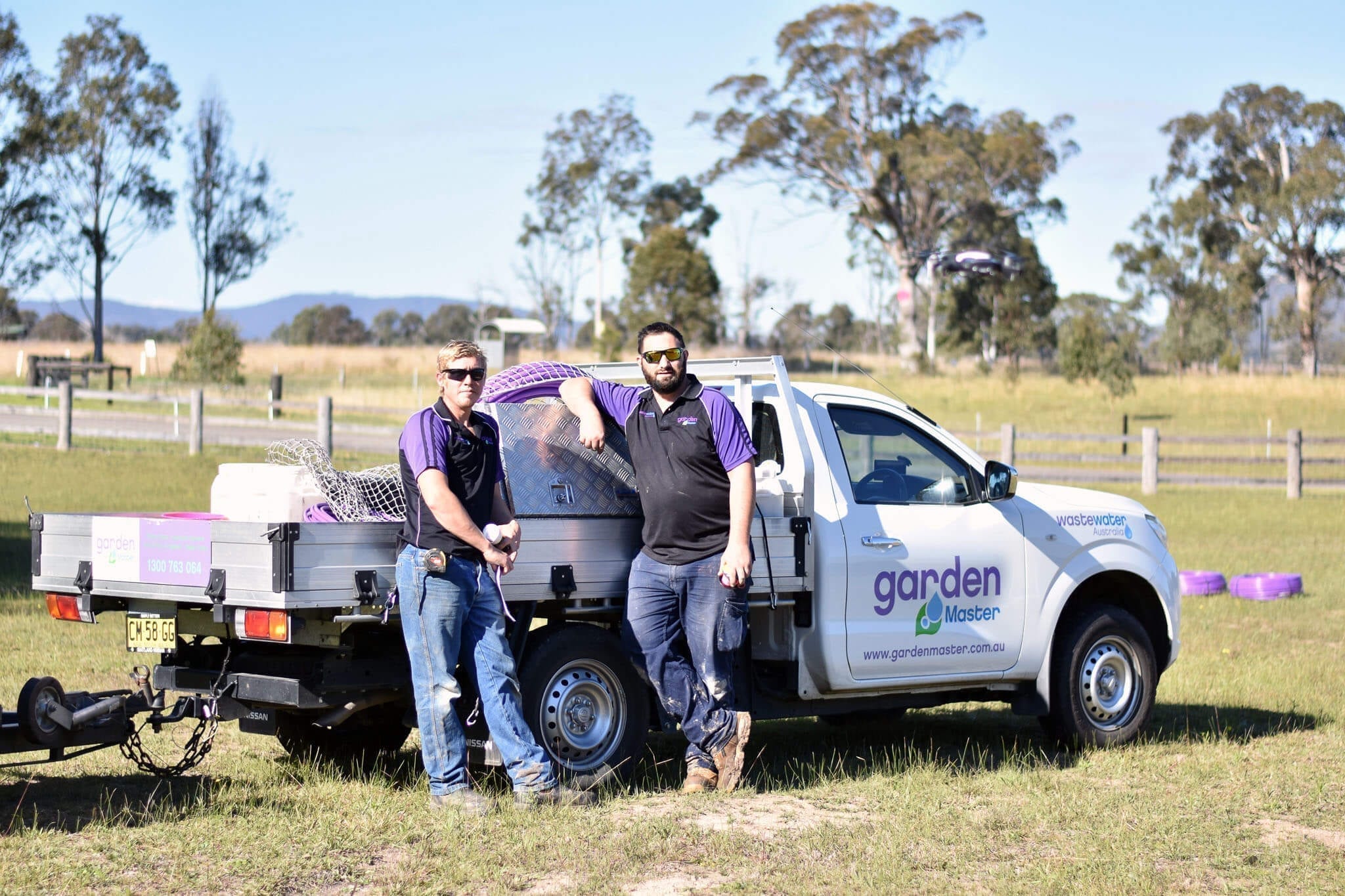

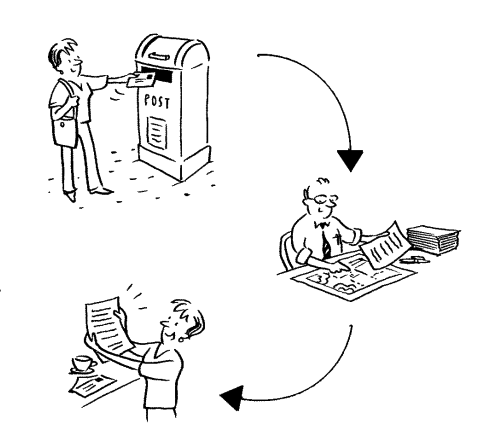

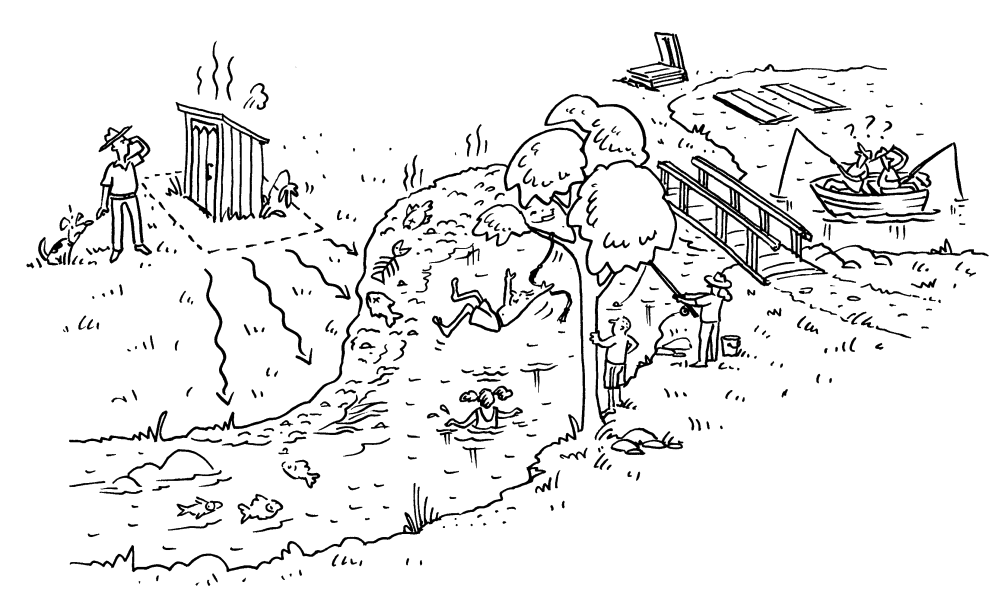




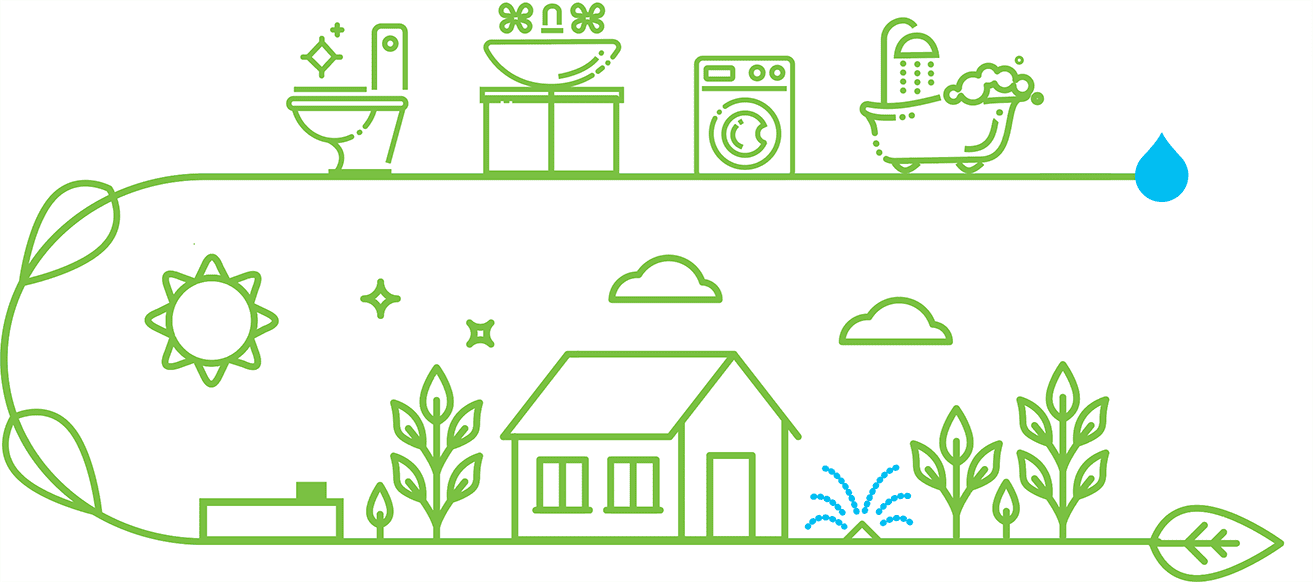
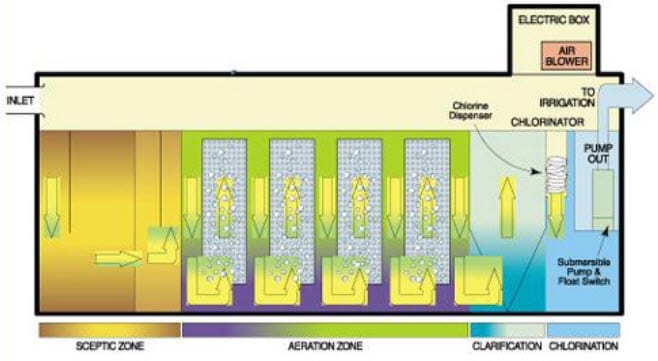
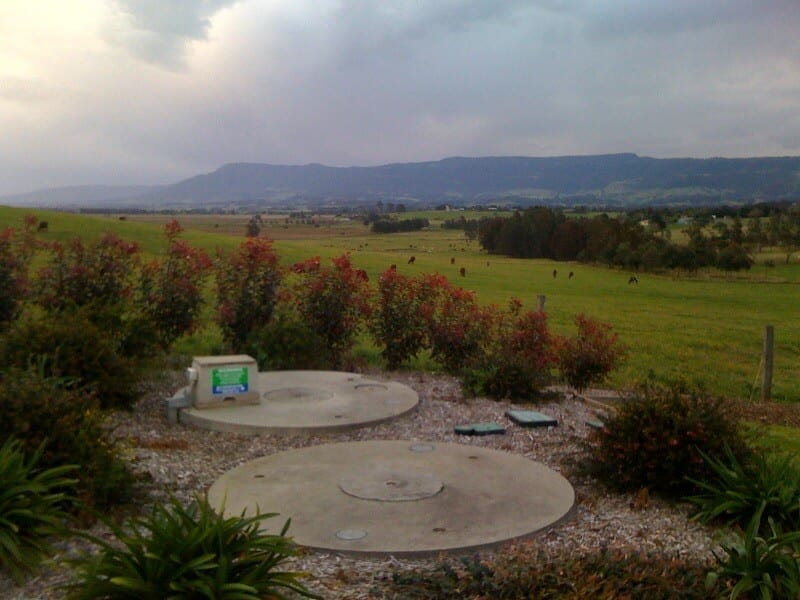
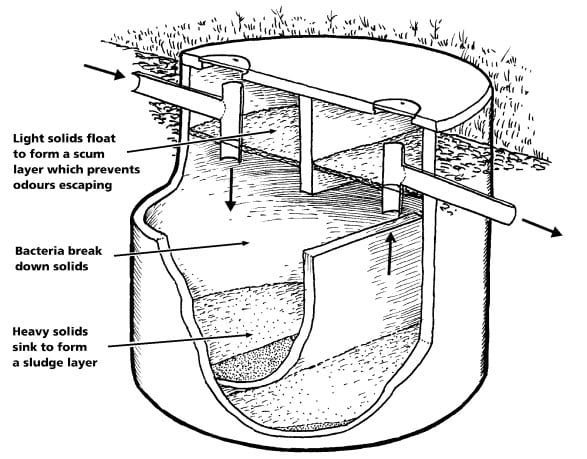
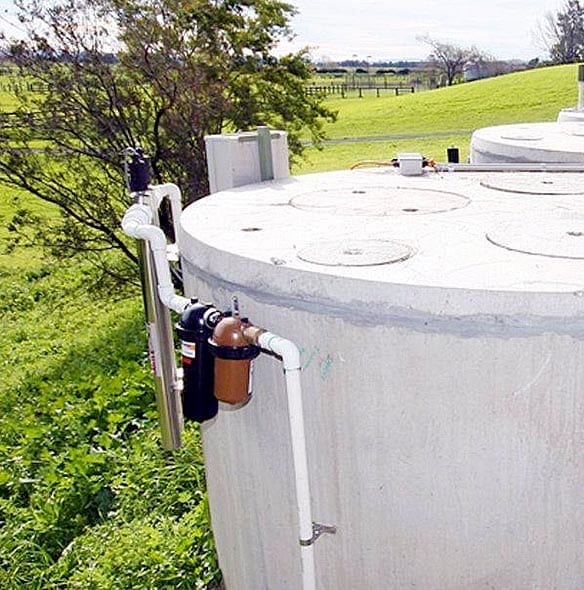
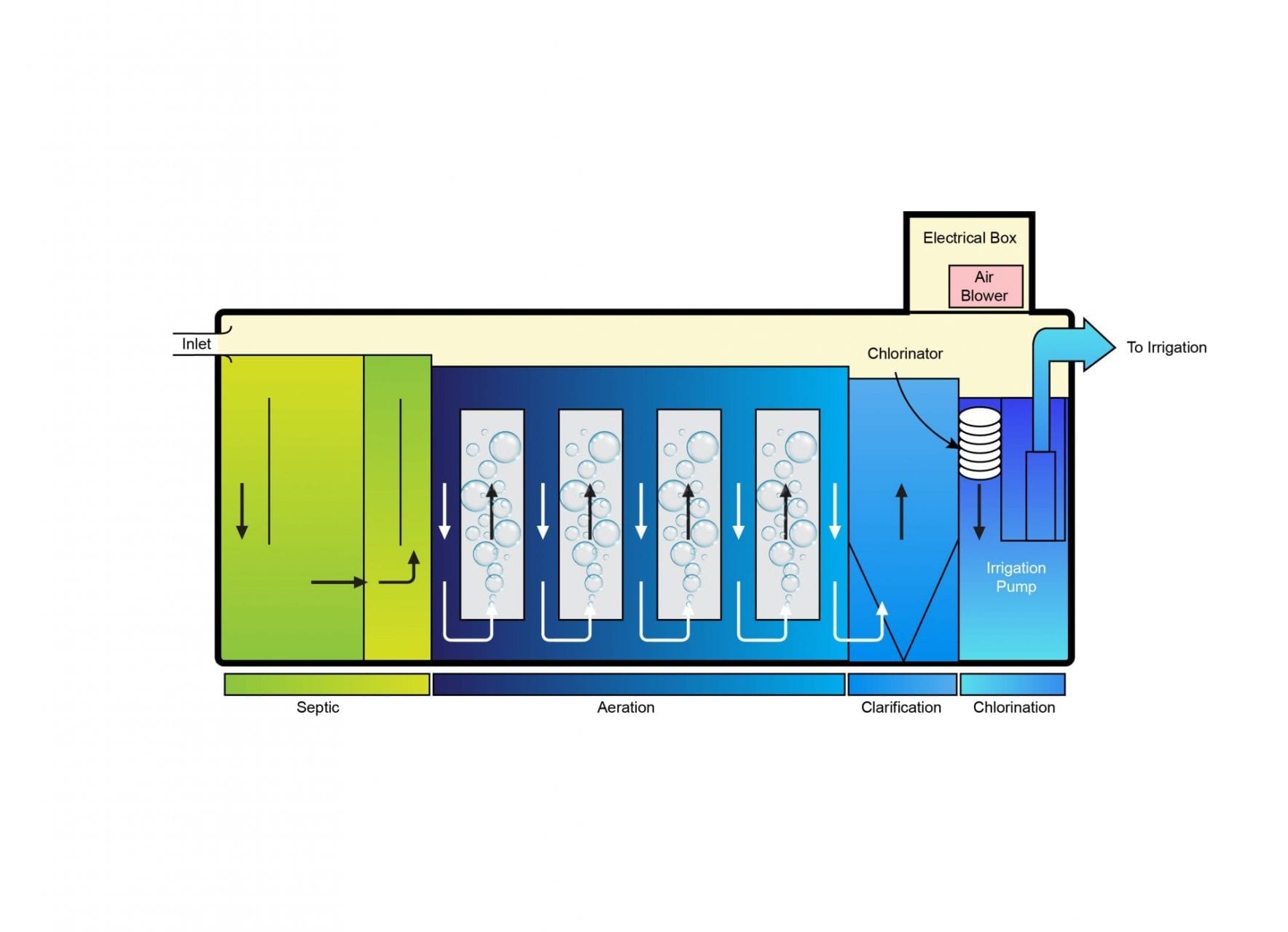 For these reasons, Advanced STS and AWTS are fast becoming the most popular choice for
For these reasons, Advanced STS and AWTS are fast becoming the most popular choice for 
